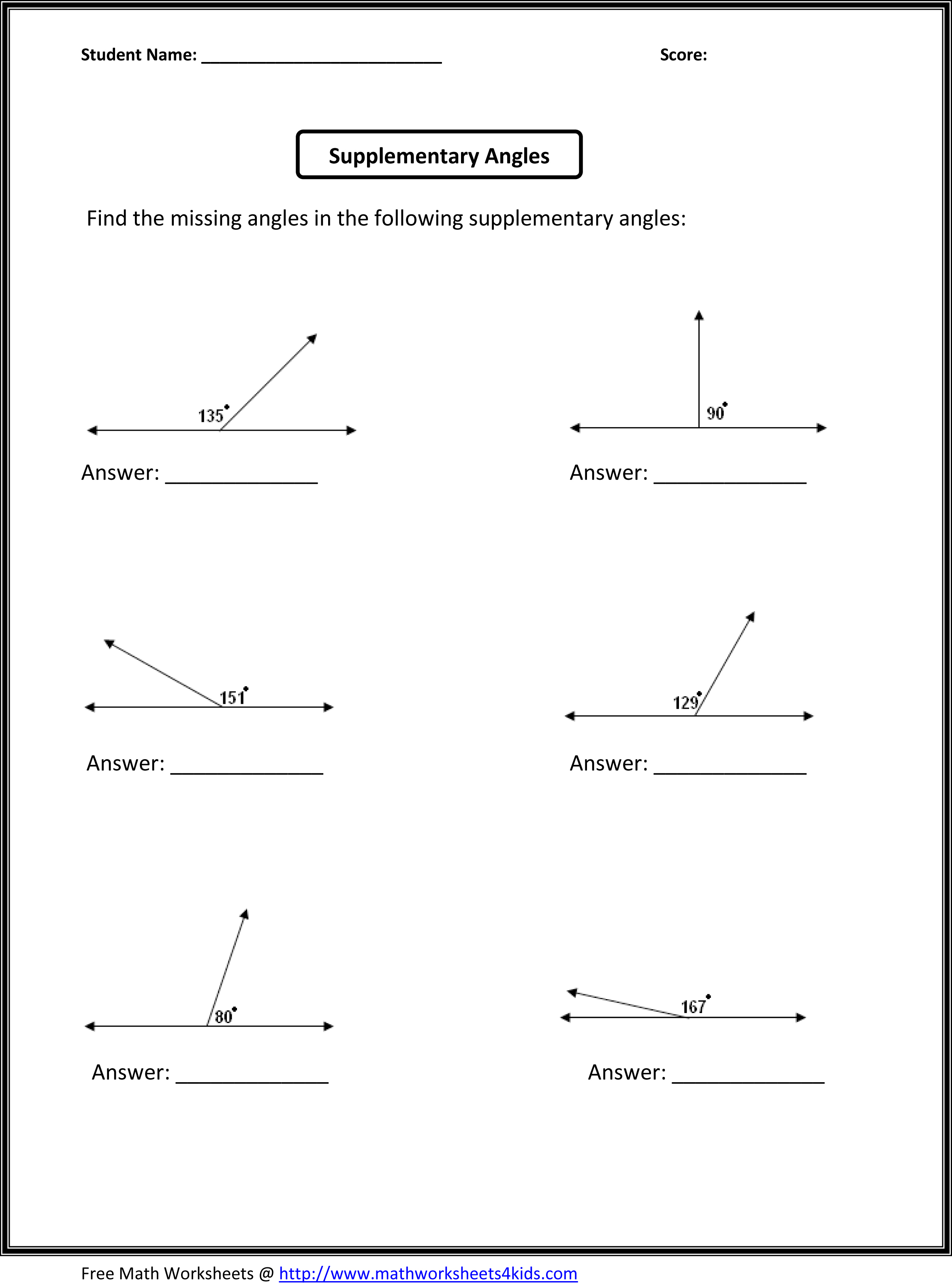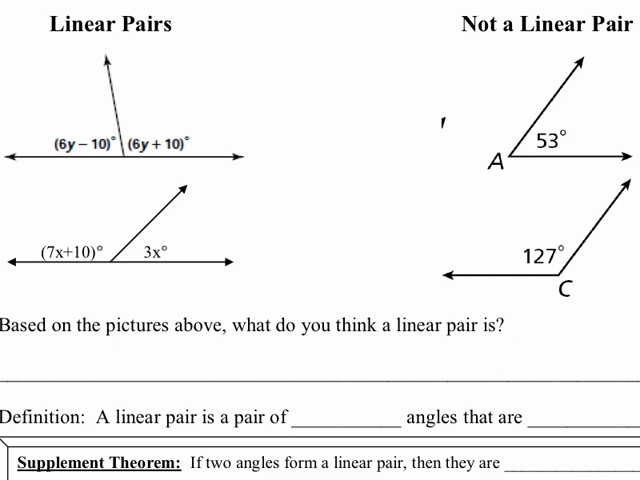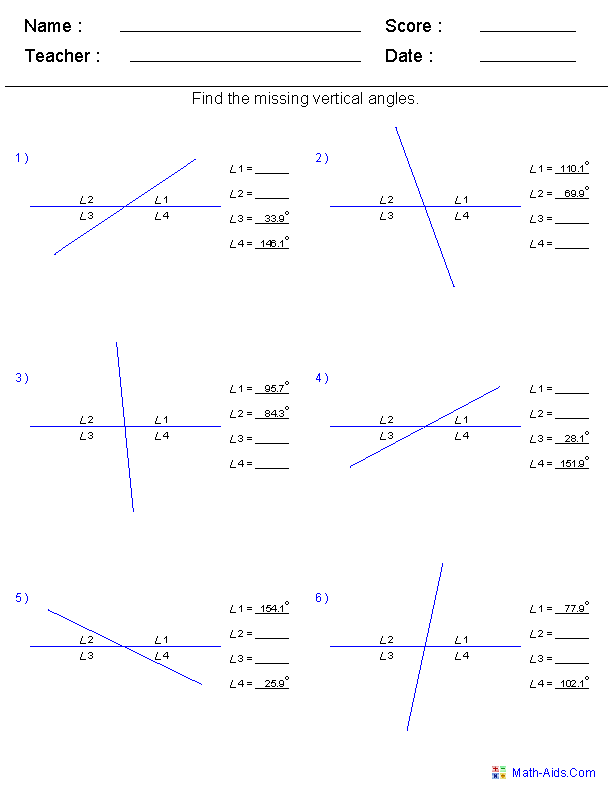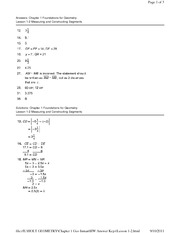Angle Pairs Geometry Worksheet
Are you a student or a teacher in search of a resource that can help reinforce your understanding of angle pairs in geometry? Look no further than this angle pairs geometry worksheet! This worksheet is designed to provide a comprehensive review of angle pairs, making it an ideal tool for middle school and high school students who need additional practice identifying and solving problems related to angles.
Table of Images 👆
More Other Worksheets
Kindergarten Worksheet My RoomSpanish Verb Worksheets
Cooking Vocabulary Worksheet
DNA Code Worksheet
Meiosis Worksheet Answer Key
Art Handouts and Worksheets
7 Elements of Art Worksheets
All Amendment Worksheet
Symmetry Art Worksheets
Daily Meal Planning Worksheet
What is an angle pair?
An angle pair consists of two angles that share a common vertex and a common side but do not overlap. Angle pairs can be classified as complementary (adding up to 90 degrees), supplementary (adding up to 180 degrees), or vertical (opposite angles formed by the intersection of two lines). These relationships help us analyze geometric figures and solve problems involving angles.
What are adjacent angles?
Adjacent angles are two angles that share a common vertex and side, but do not overlap. They are side by side and do not intersect.
What are vertical angles?
Vertical angles are a pair of non-adjacent angles formed when two lines intersect. These angles are equal in measure, meaning they have the same degree of measurement. Vertical angles are formed opposite each other and share a common vertex, creating an "X" shape when the lines intersect.
What are complementary angles?
Complementary angles are two angles that add up to 90 degrees when placed adjacent to each other. In other words, if you add the measures of two complementary angles together, the sum will always be 90 degrees.
What are supplementary angles?
Supplementary angles are two angles whose measures add up to 180 degrees. In other words, when two angles are supplementary, they form a straight line together.
What is the definition of a linear pair of angles?
A linear pair of angles consists of two adjacent angles that add up to 180 degrees when placed together, forming a straight line.
How do you identify corresponding angles?
Corresponding angles are identified when you have two parallel lines that are intersected by a transversal line. Corresponding angles are located in the same relative position on the parallel lines on either side of the transversal. They are congruent to each other, meaning they have the same measure. By recognizing the parallel lines and the transversal, you can easily identify the corresponding angles based on their positions and congruency.
How do you identify alternate interior angles?
Alternate interior angles are the pair of angles that lie on the opposite sides of the transversal line with respect to the two parallel lines being intersected. These angles are congruent when the two lines are parallel. To identify alternate interior angles, you need to locate the two angles that are on the inside of the two parallel lines and are on opposite sides of the transversal line.
How do you identify alternate exterior angles?
To identify alternate exterior angles, look for two angles that are on opposite sides of a transversal line and outside the parallel lines. These angles will be congruent or have equal measurements if the parallel lines are cut by a transversal. So, if you have a pair of parallel lines cut by a transversal, the alternate exterior angles will be the angles that are not adjacent and are on opposite sides of the transversal.
How do you identify consecutive interior angles?
Consecutive interior angles are located on the same side of the transversal line and inside the parallel lines while sharing a common vertex. To identify them, you simply need to locate two interior angles that are on the same side of the transversal and are adjacent to each other, with one angle on the inside of one line and the other on the inside of the other line.
Have something to share?
Who is Worksheeto?
At Worksheeto, we are committed to delivering an extensive and varied portfolio of superior quality worksheets, designed to address the educational demands of students, educators, and parents.






















Comments